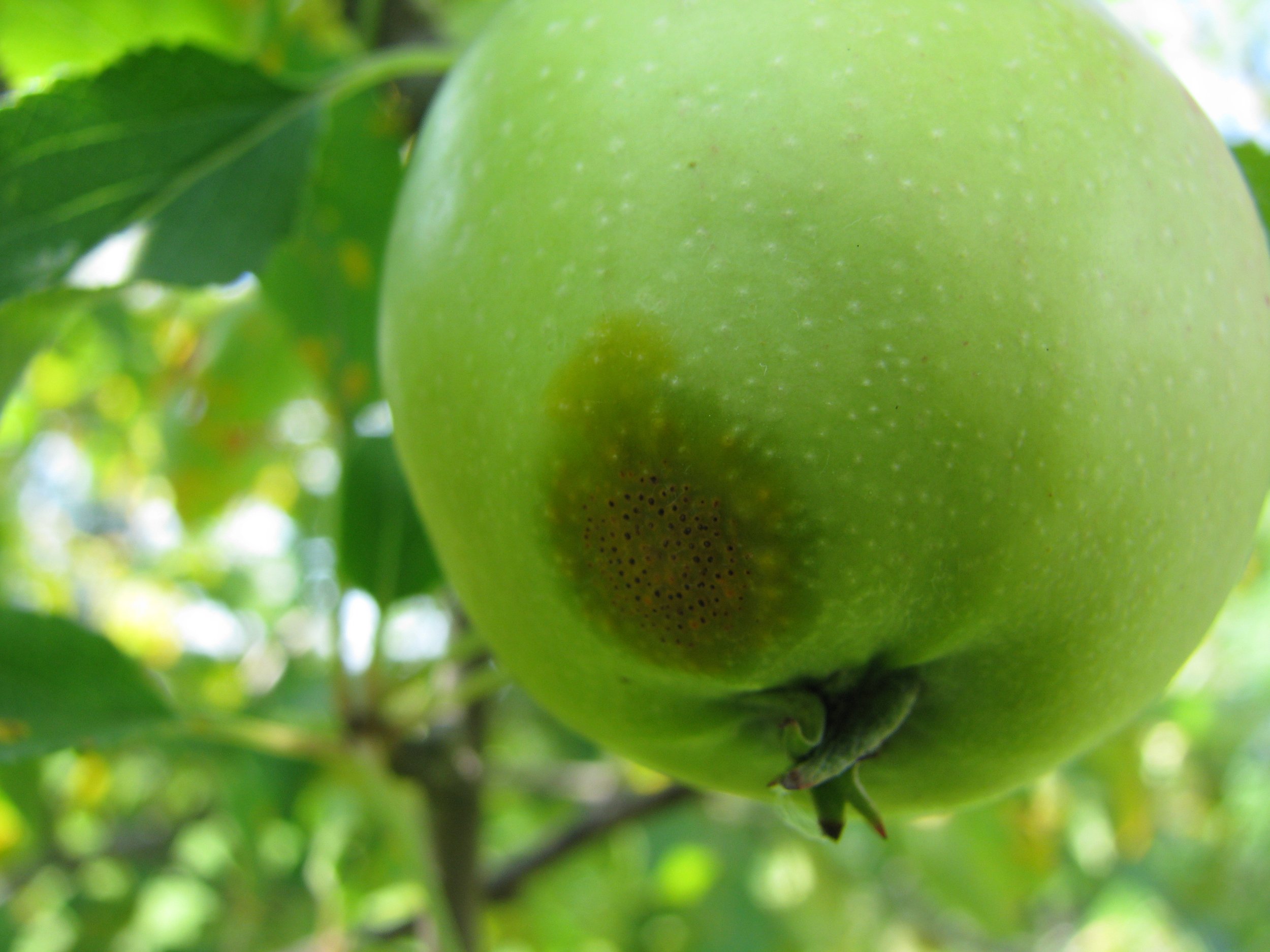Cedar apple rust is a fungal disease that needs both an eastern red cedar and a fruit bearing tree to complete its life cycle. The disease infects species of the rose family, including select varieties of apples and less commonly, pears, and Asian pears.
For region-specific information, please contact your local Giving Grove partner. If you would like more information like this sent straight to your inbox, consider subscribing to The Serving, The Giving Grove’s quarterly newsletter.
Cause:
Cedar apple rust is a fungal disease that needs both an eastern red cedar and a fruit bearing tree to complete its life cycle. The disease infects species of the rose family, including select varieties of apples and less commonly, pears, and Asian pears.
Symptoms:
Apple or Pear:
Severe orange, red, or yellow leaf spotting
Spotting or lesions on fruit
Can lead to early defoliation and decreased flower bud production
Eastern Red Cedar
Swollen growths or woody galls (abnormal growths) on branches or shoots
Bright orange, gelatinous, horn-like growths emerging from galls in early spring
Timing:
Spores are released from gall in response to rain in the spring between March and mid-May
Infection occurs if the leaf wetting period lasts long enough (usually at least 4 hours) and temperatures are between 46-75° F (8-24° C).
How to Avoid:
Purchase apple varieties that have a higher degree of resistance to cedar apple rust
Avoid planting susceptible varieties near Eastern red cedars
Consider removing Eastern red cedars adjacent to the orchard
Rake up and dispose of fallen leaves and fruits from under the tree in the fall.
How to Treat:
Copper and sulfur fungicides do have some efficacy when applied in mid-spring, before and as galls sporulate (which may require more than one fungicide application).
Michael Phillips, from The Holistic Orchard, suggests making sprays from garlic (Allium sativum), stinging nettle (Urticadioica) or horsetail (Equisetum arvense), which have effectiveness in combatting the fungus but require attention to detail. (See page 184 in “The Holistic Orchard.”)
Why it Matters:
Infections in succeeding years can lead to decreased fruit production and reduced growth.
Sources: MyIPM, Cornell University Plant Disease Diagnostic Clinic, Cornell Tree Fruit IPM, Penn State Extension, Iowa State Extension and Outreach, Patrick L. Byers, Horticulture Specialist, and Michael Phillips, “The Holistic Orchard.”






